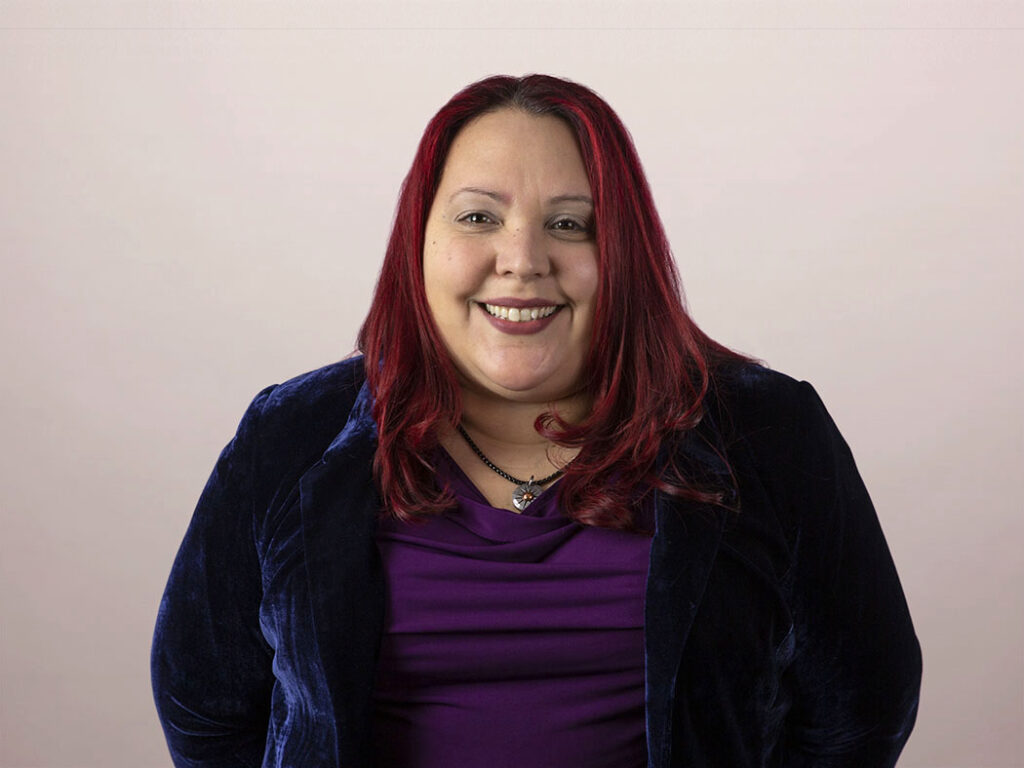Decide Today How You’re Going To Prioritize Tomorrow
In 2022, Forrester’s data showed that nearly one in five customer experience (CX) professionals said that their program doesn’t have a defined process to prioritize its work. That’s a mind-bogglingly high number of people — and organizations — that are making decisions based on gut feeling, the loudest voice, the highest-paid person’s opinion, or maybe by throwing literal spaghetti at a wall. None of these methods are destined to produce consistently good outcomes, and great CX won’t persist if it’s dependent on coincidence.
Great prioritization is:
- Consistent. Prioritization should produce results that don’t change randomly. A disciplined approach reduces the likelihood of unexpected or unreliable outcomes. Generate a set of criteria that create a base of key considerations when making a decision — and then use them every time a decision needs to be made.
- Comprehensive. Good decision-making considers more than one set of interests. Making decisions based only on business or customer needs will over-index on one key stakeholder, often leaving the others out (and increasing the chance that other stakeholders may not see benefits). CX prioritization starts with balancing business impact and customer impact, and it gets more complex as it matures. Heavily regulated firms should add risk into their model as a matter of course; that’s the place to account for audit findings, regulations, and other mandates.
- Grounded in data. Decisions based on data are generally better because they provide a why to support the what. Quantifiable data is often the easiest to use in prioritization because it simplifies the process of setting rating thresholds, but it may not always be available. When decision-support criteria don’t have quantifiable data sources, consider what can be done to create a reasonable stand-in. For example, while it’s easy to set thresholds of customer impact based on the number of customers, it may be harder to quantify the exact size of a change management effort. In the latter case, consider other ways to quantify, such as the number of hours to train employees or the percentage of executives committed to adopting a new process.
- Transparent. It’s easier to build buy-in when people understand what went into the decision-making process. Tools such as Forrester’s prioritization models enable stakeholders to see the criteria that were considered, what rating each initiative got relative to each criterion (and why), and how that initiative stacked up compared to everything else under consideration.
Use Forrester’s tools to improve your prioritization maturity! We have developed multiple prioritization tools over the years, including some that just launched:
- CX prioritization. If you’re new to prioritization, start with the beginner-level prioritization, which involves creating a four-box matrix. As your approach matures, or as you determine that your organization is ready to add more criteria, use the intermediate– and advanced-level prioritization tools to expand and refine your approach.
- Journey prioritization. It’s far easier to identify all of your customer journeys than to take action to optimize every single one, and few organizations have a blank check to make all the improvements simultaneously. Enter journey prioritization — a process to decide which journey(s) should float to the top of the to-do list. When you’ve read the research from my colleagues Maxie Schmidt-Subramanian and Joana de Quintanilha, dive into the journey prioritization tool to target your journey improvement efforts.
- Digital-initiative prioritization. Whether the firm is a digital native or undergoing transformation, it still needs a way to choose and sequence the projects that will advance the firm’s ambitions. My colleague Peter Wannemacher led research to adapt the CX advanced prioritization tool for digital business leaders’ to-do lists, including flagging which items are minimum viable products, to increase the transparency about why a particular digital initiative earned its criterion ratings.
Want to learn more? Forrester Decisions clients can dig into the research and tools using any of the links above, and we’re also happy to take questions from Forrester clients via inquiry calls or guidance sessions.
